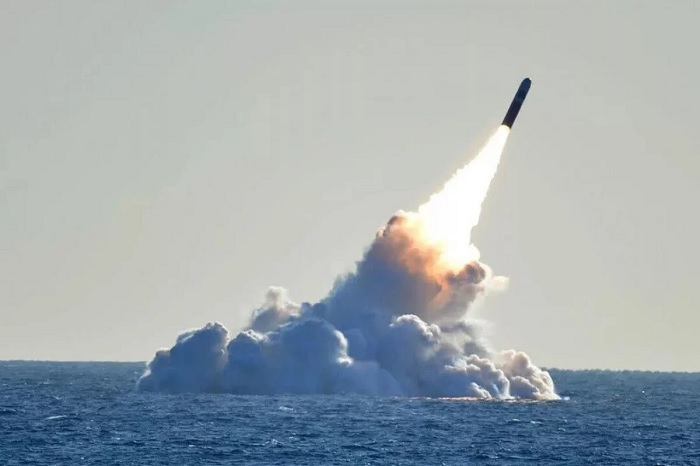
China has spent the last two decades building defences for its nuclear armoury on land and at sea, ensuring that the military can hit back at a nuclear attack and deter others from launching one, according a former Chinese senior colonel.
Wang Xiangsui, now a professor at Beihang University in Beijing, said these defences – which included a vast network of tunnels to transport and protect missiles – meant China’s security was guaranteed even in the worst scenario.
“Launching nuclear strikes on China has always been a military option for the US,” Wang told a closed-door meeting last month.
“But for this option they are facing increasing uncertainties due to our adjustment and changes in the past 20 years.”
He delivered the assessment at the four-day Moganshan forum to discuss domestic and international issues and China’s new five-year plan, but the transcript of his remarks was only made public on Wednesday.
Without specifying the source, Wang said some US assessments claimed that only one Chinese nuclear warhead would be able to survive a US first strike and reach American soil in a counter-attack.
He dismissed the claims as “clearly nonsense”.
He said China had taken a series of measures over the years to establish a credible “second-strike” capability to respond to a nuclear attack.
In addition to intercontinental ballistic missile tunnels, China had developed advanced missiles and expanded “bastion waters” in the South China and Yellow seas in which its ballistic missile submarines could operate safely.
“These have drawn a bottom line for China-US confrontation – that the confrontation is unlikely to become a massive invasion, which is an important basis [of calculation for both sides],” he said.
China has pledged “no first use” of nuclear weapons and is thought to have 200 or 300 nuclear warheads, a fraction of the 4,000 or so Russia and the US have each.
Its nuclear strategy depends on ensuring its nuclear forces can survive the first wave of an enemy strike.
State media reported in 2018 that the military had built an “underground Great Wall” of 5,000km (3,100 miles) of tunnels throughout the country to hide, move and launch its nuclear counterstrike forces. In the footage, ICBMs were shown being loaded on trucks and driven through the tunnels.
China also established a firm maritime nuclear capability in 2015 when its Type 094A ballistic missile nuclear submarines (SSBNs) were fitted with JL-2 missiles (SLBM) on patrols.
This added to the potential to hit back if land-based silos were taken out.
The PLA has one SSBN base in the South China Sea, where the waters are deeper and therefore safer for covert submarine operations; and two in the Yellow Sea, closer to the mainland United States for missiles sent over the north pole.
“[US spy planes] found our SSBNs in the South China Sea operating in trenches as deep as 3,000m and the artificial islands we built as an SLBM missile launch area,” said Wang, adding that the Yellow Sea was another bastion area.
The JL-2 has a range of 7,400km, and its successor, the JL-3, is estimated have a range of over 12,000km, putting the US well within reach from the Chinese coast.
The People’s Liberation Army has also developed its missile portfolio, creating the world’s first hypersonic glider missile the DF-17, which is fast enough to penetrate the US missile defence system, according to Wang.
He said that all these measures meant it was not possible for the US to launch a massive nuclear strike against China.
Also at the forum, Wang revealed for the first time that the PLA’s DF-26B and DF-21D “aircraft-carrier killer” missiles successfully hit a moving vessel in the South China Sea in a test in August, sending a warning to the US “not to take any military risks”.
 Eurasia Press & News
Eurasia Press & News

